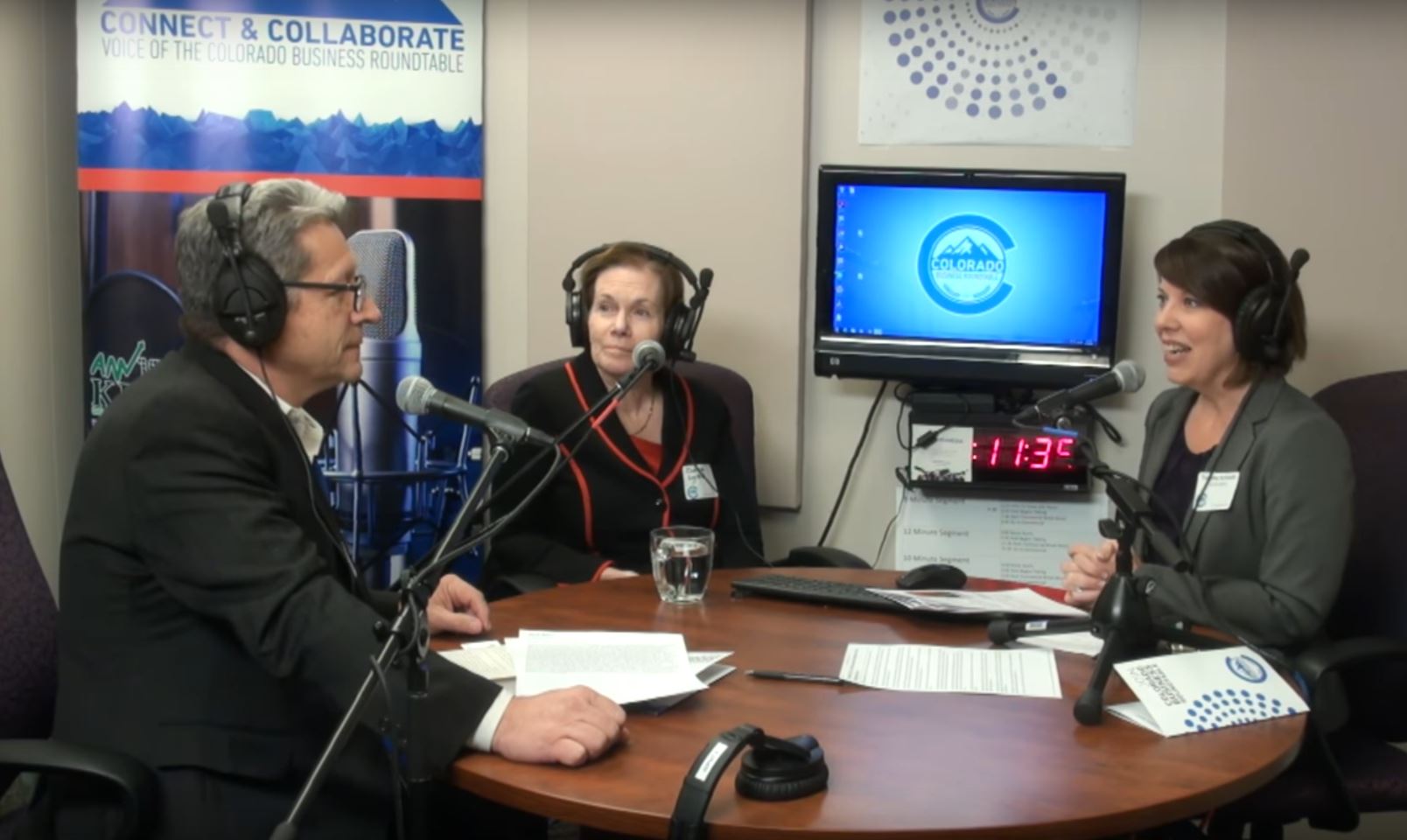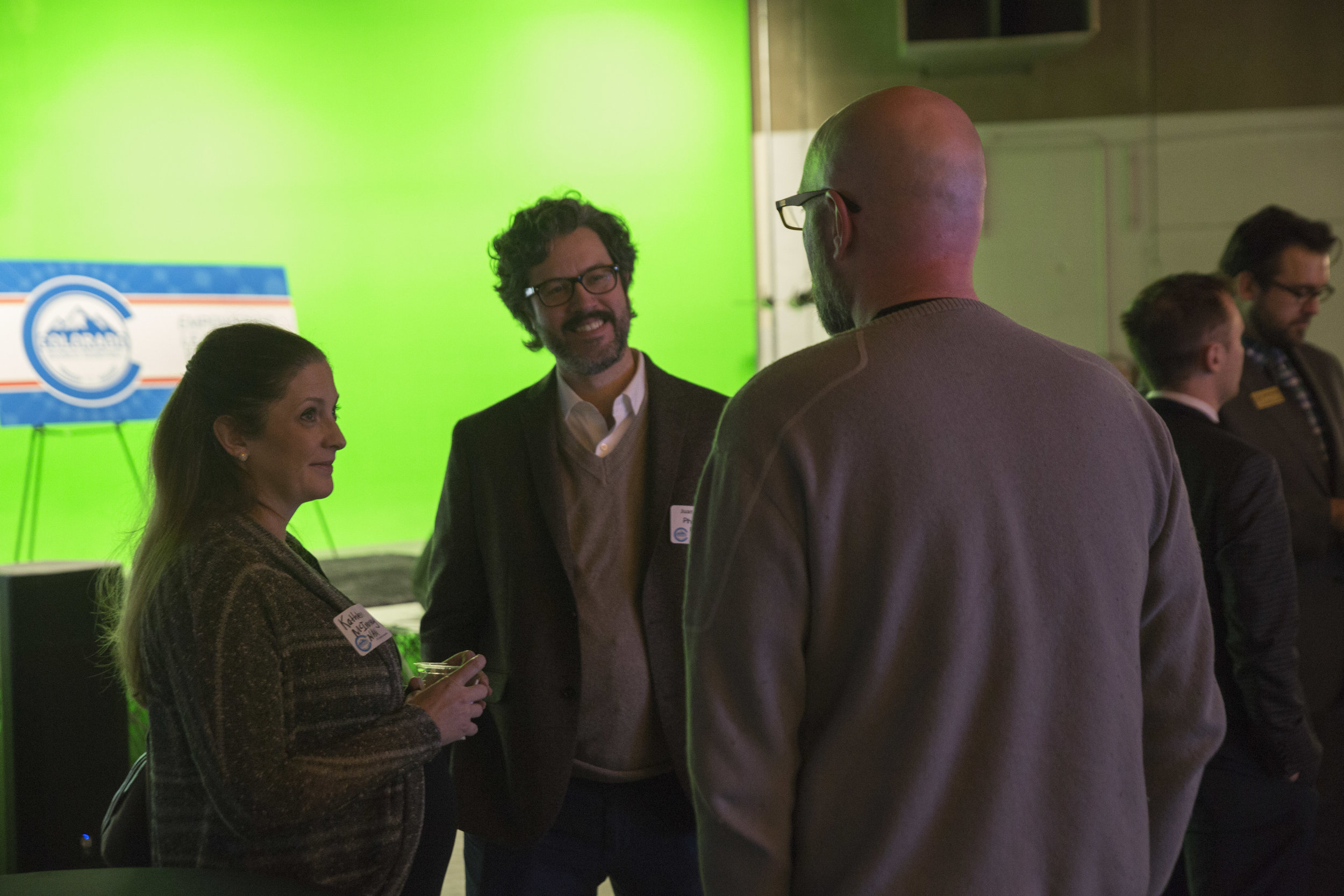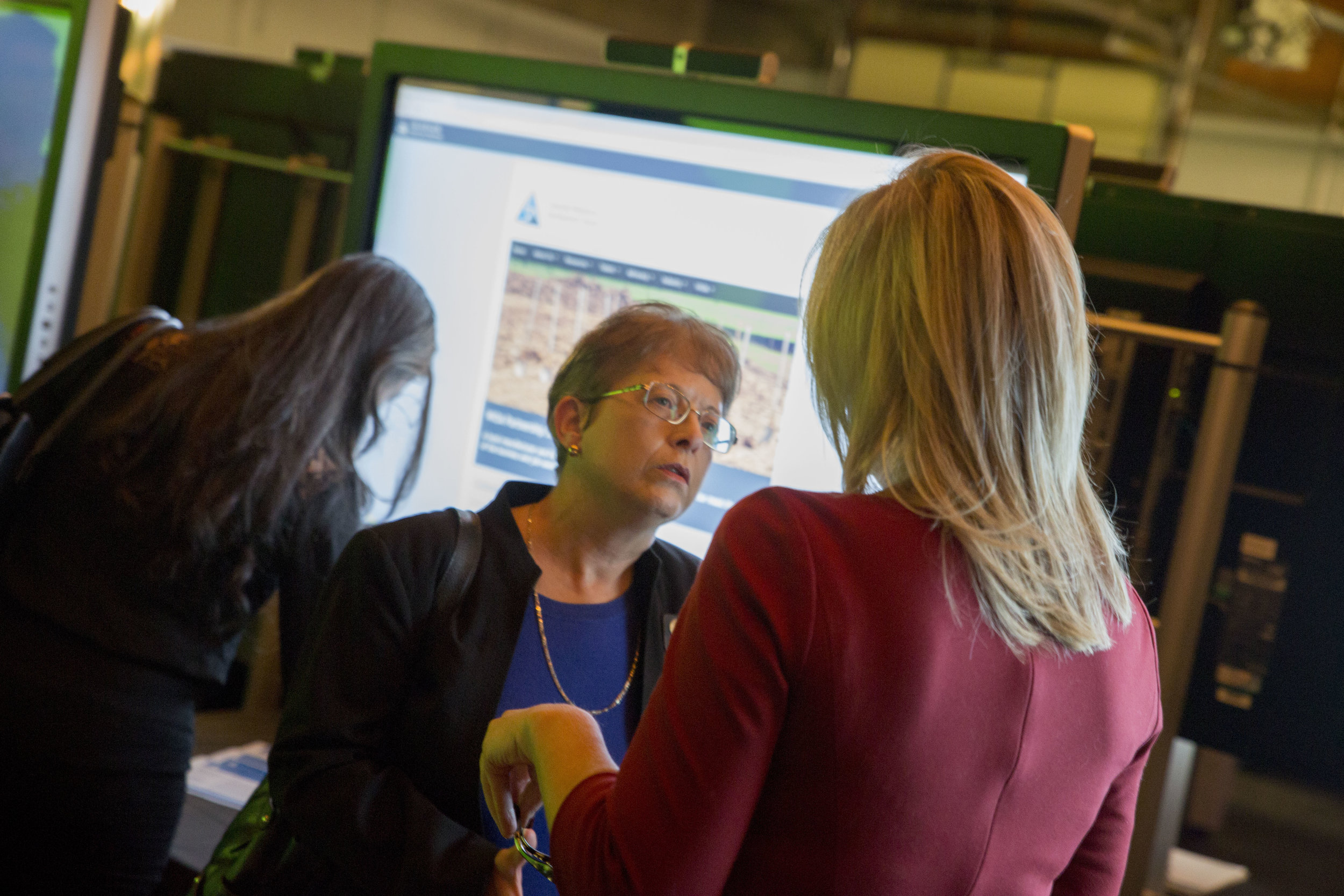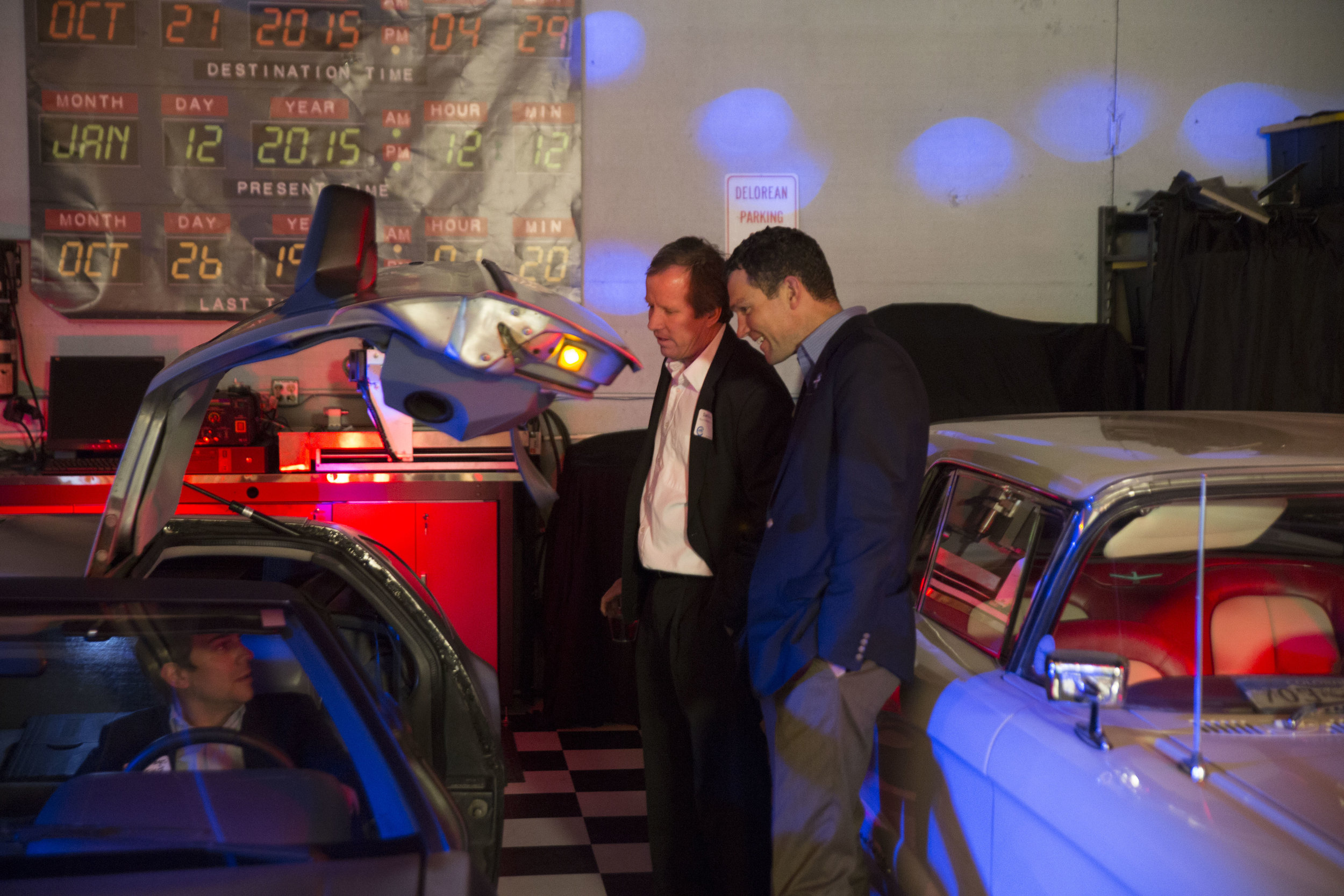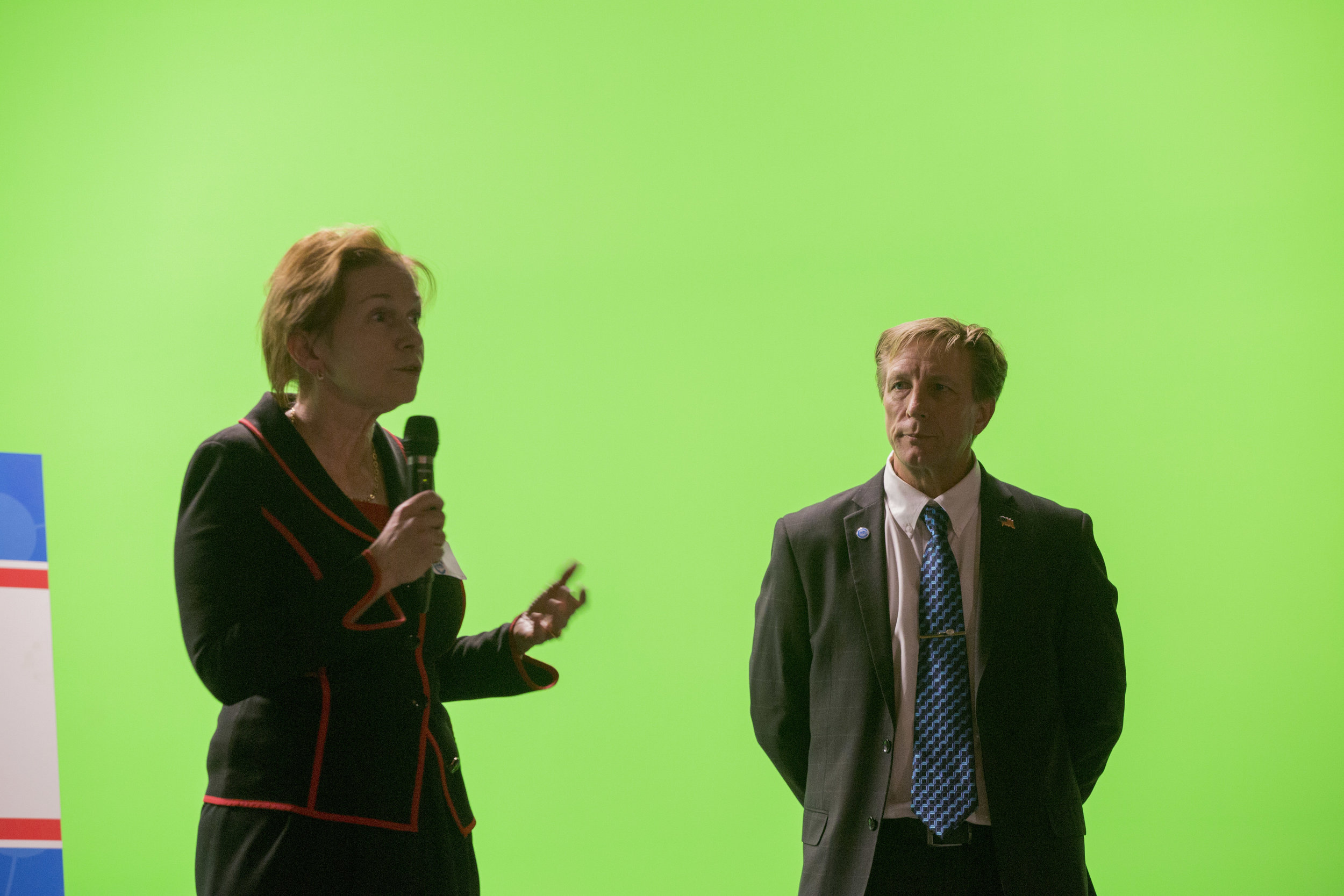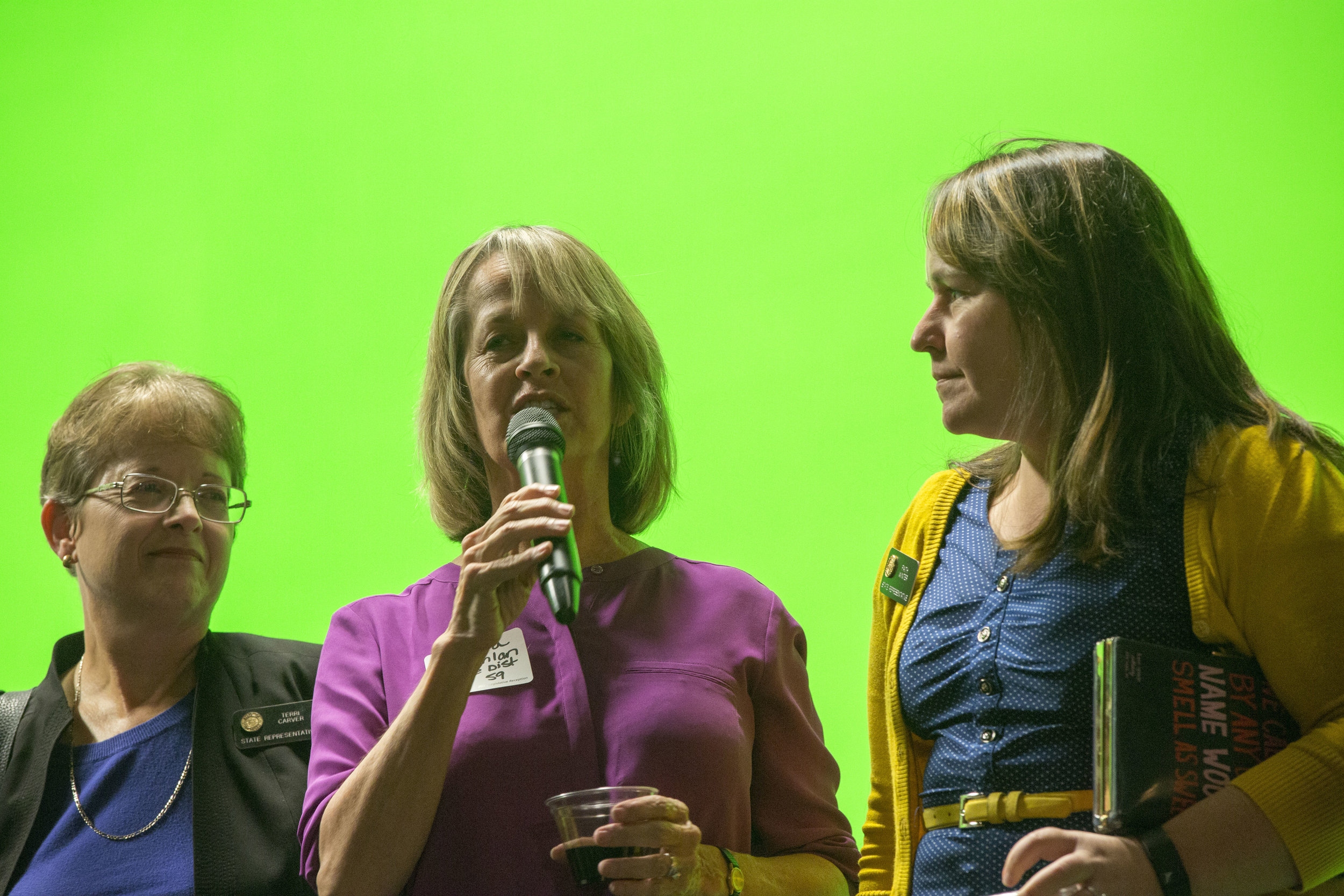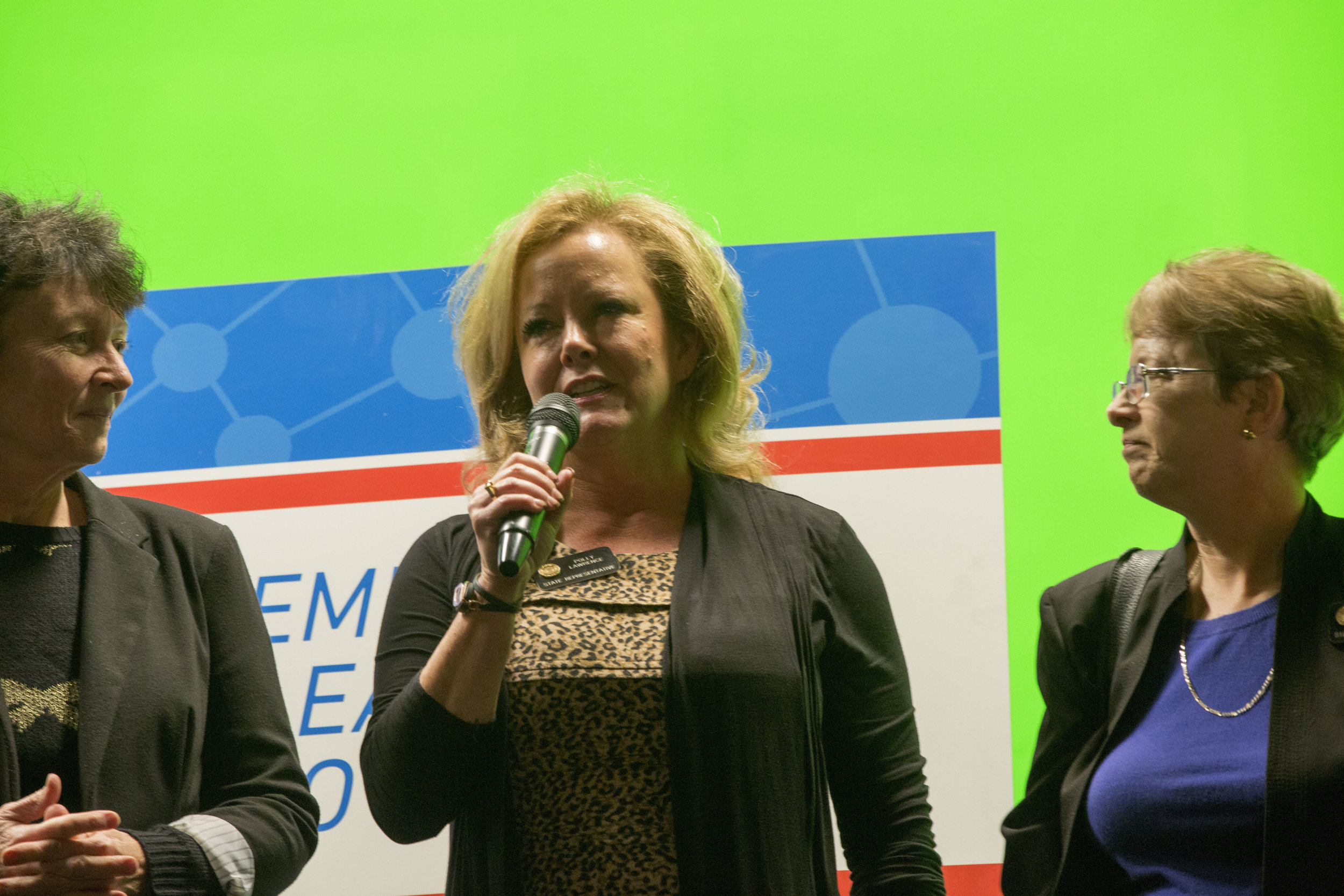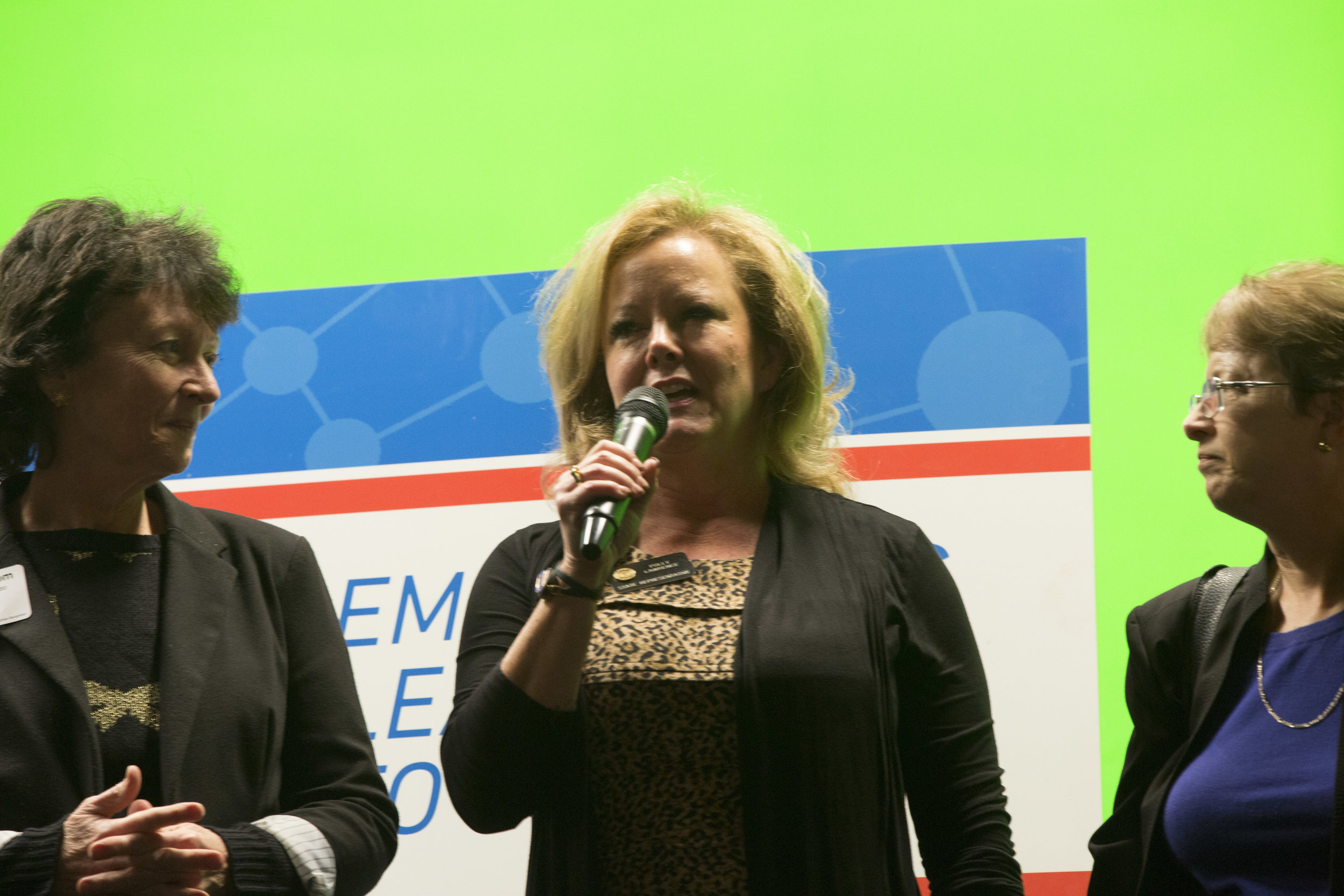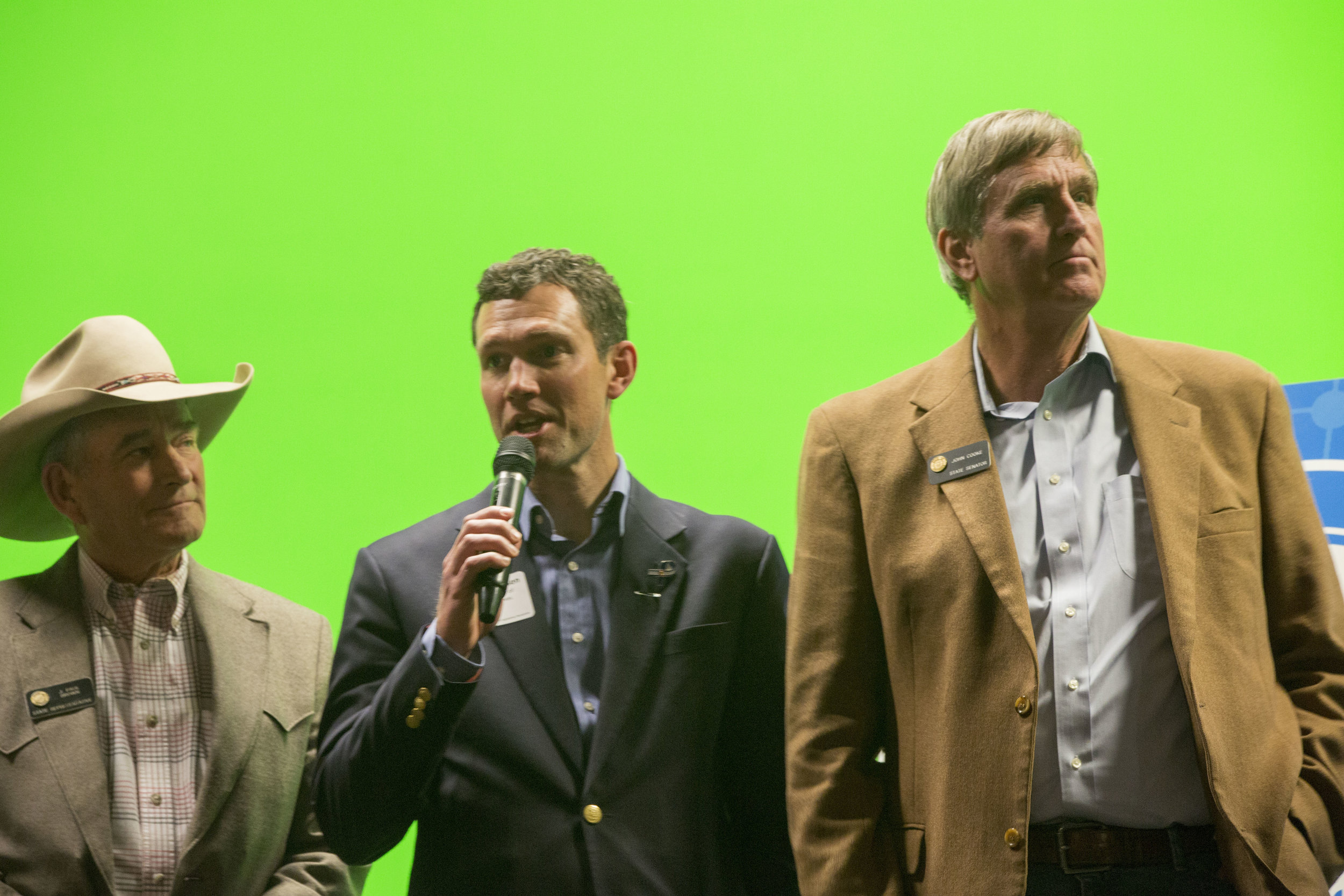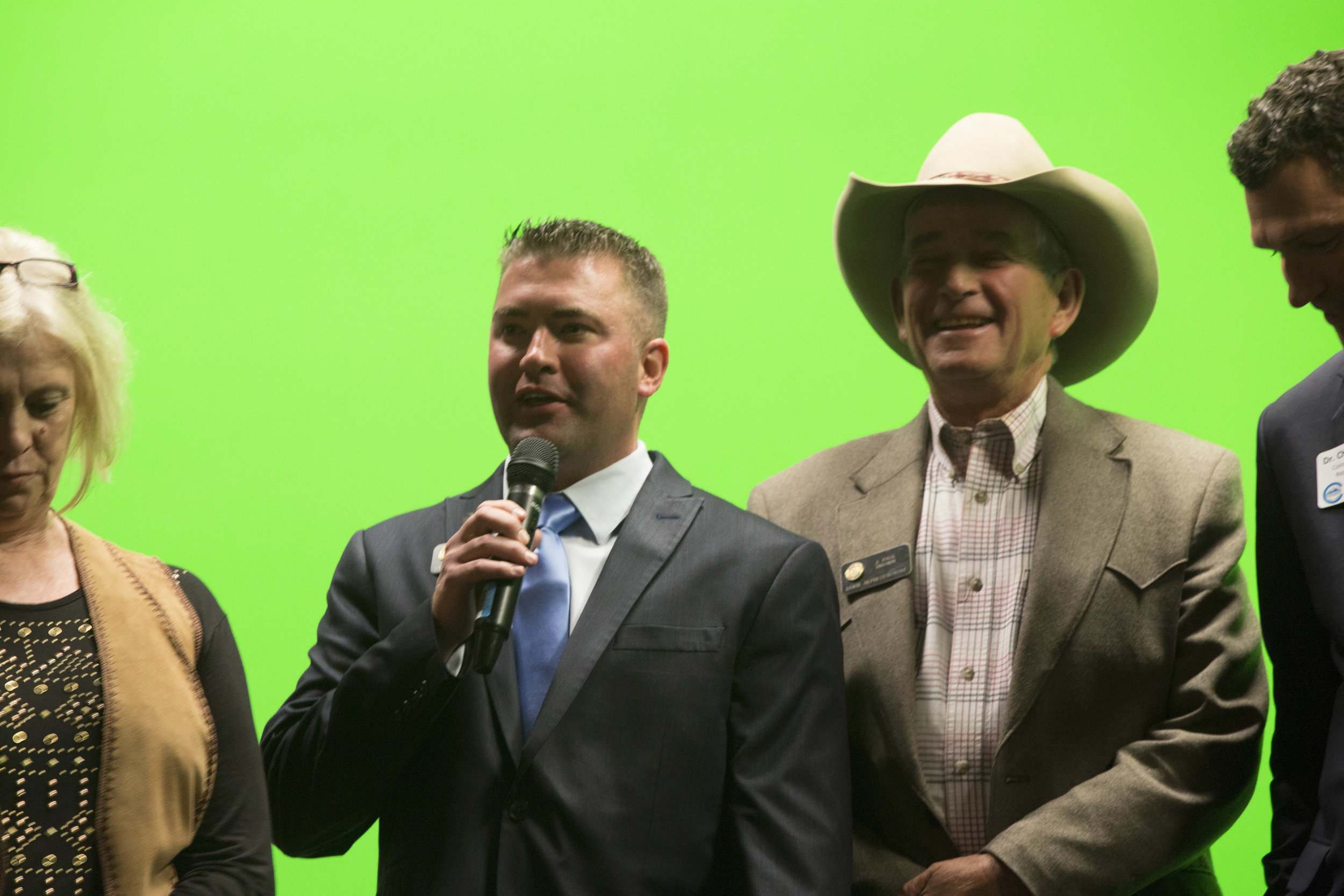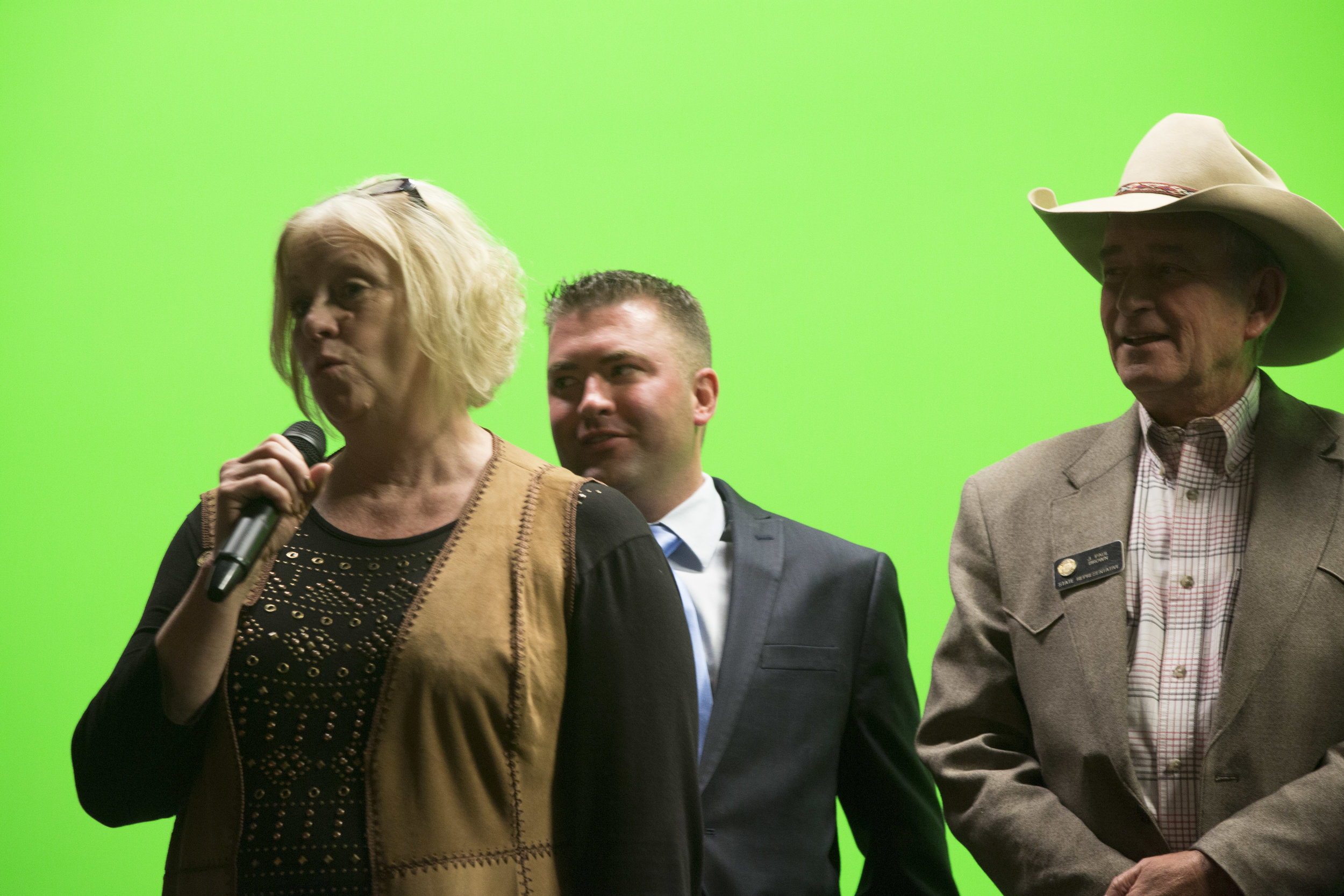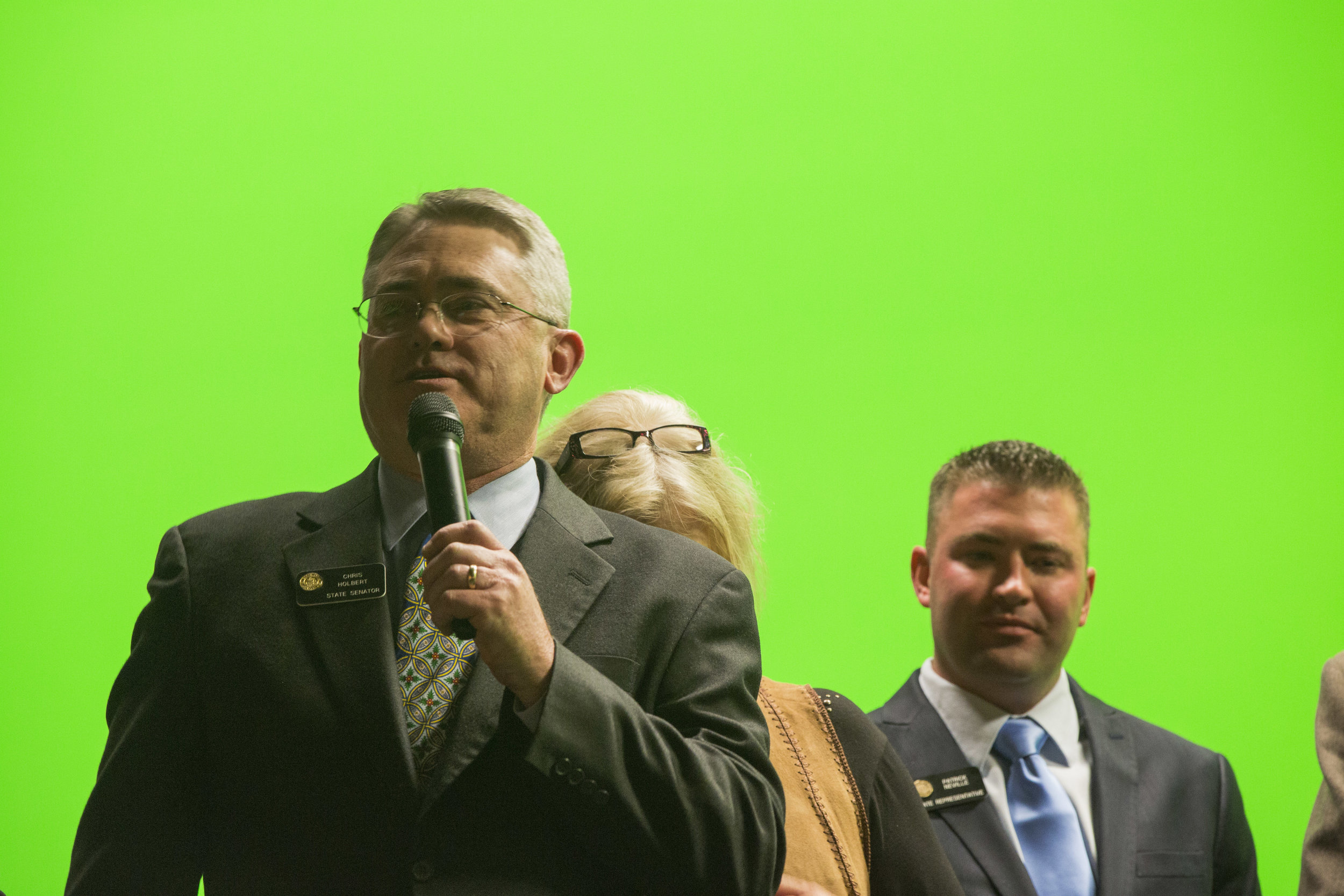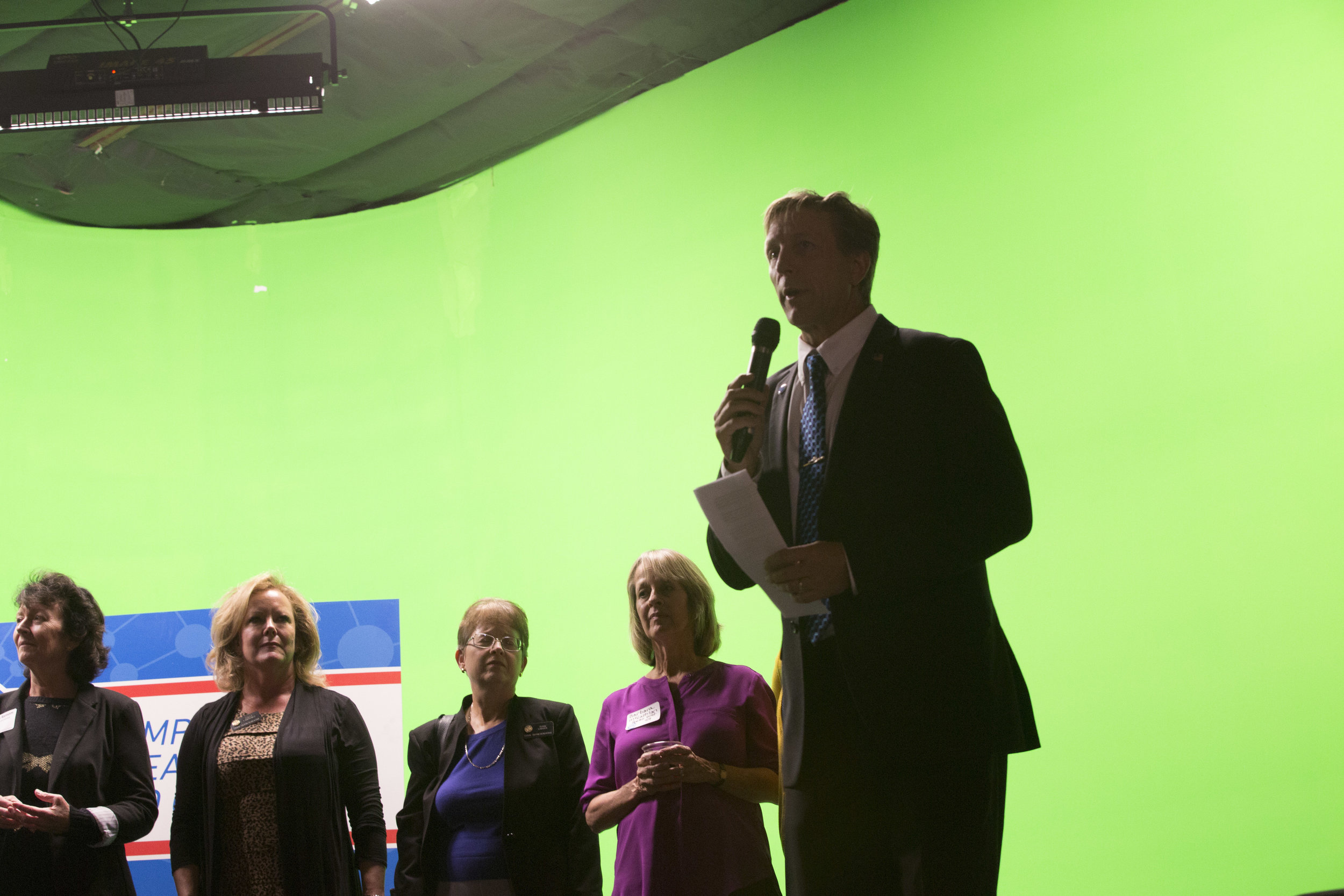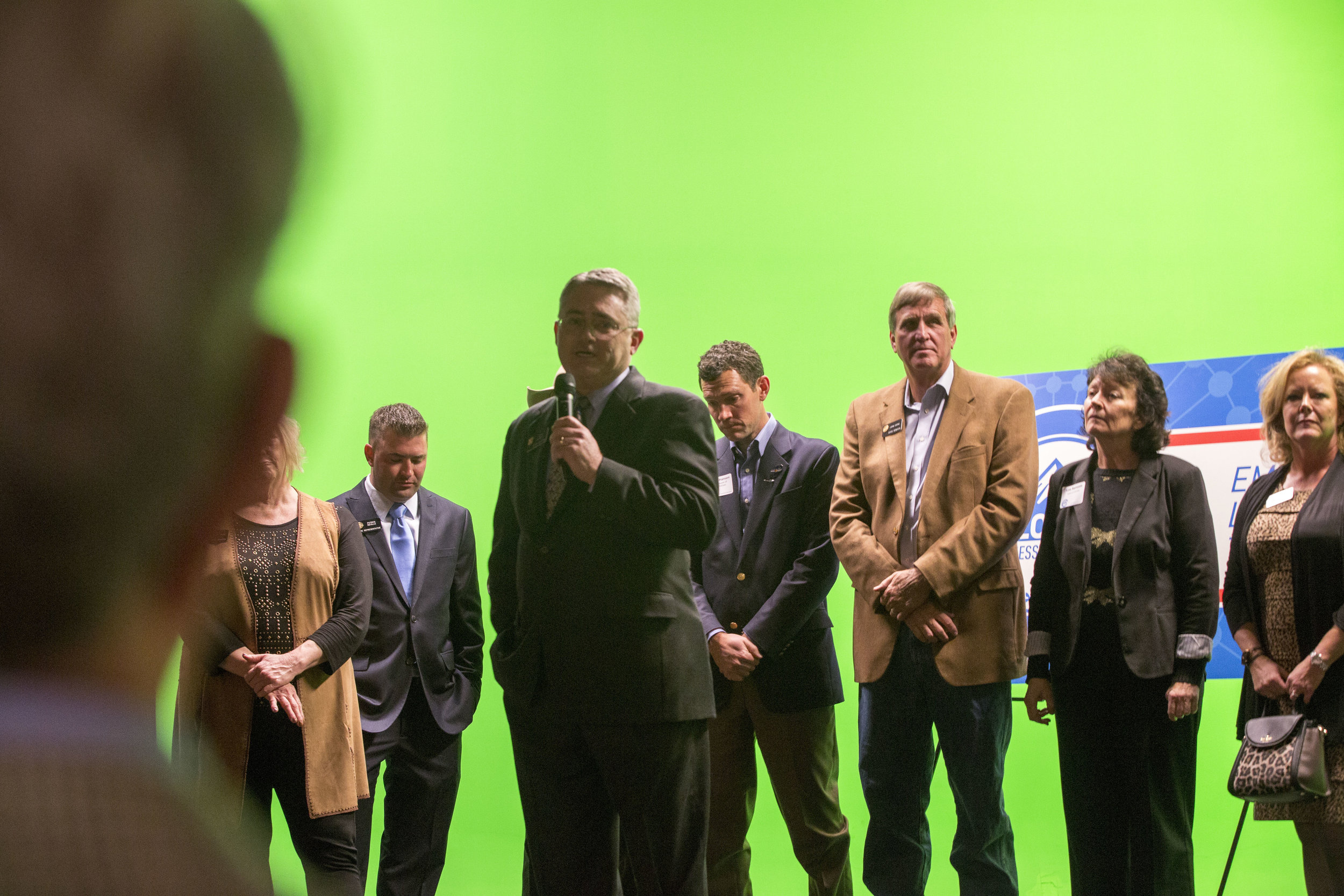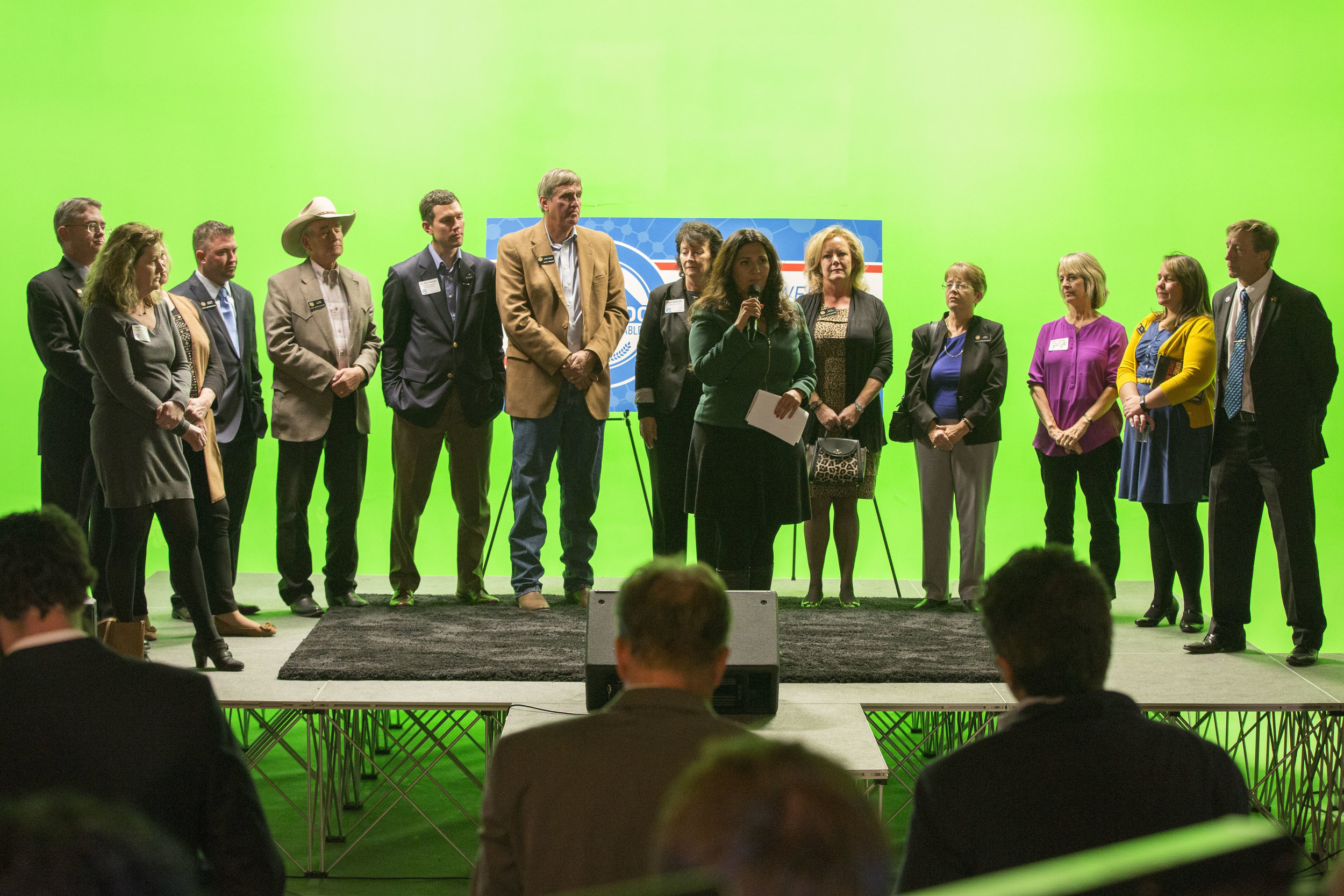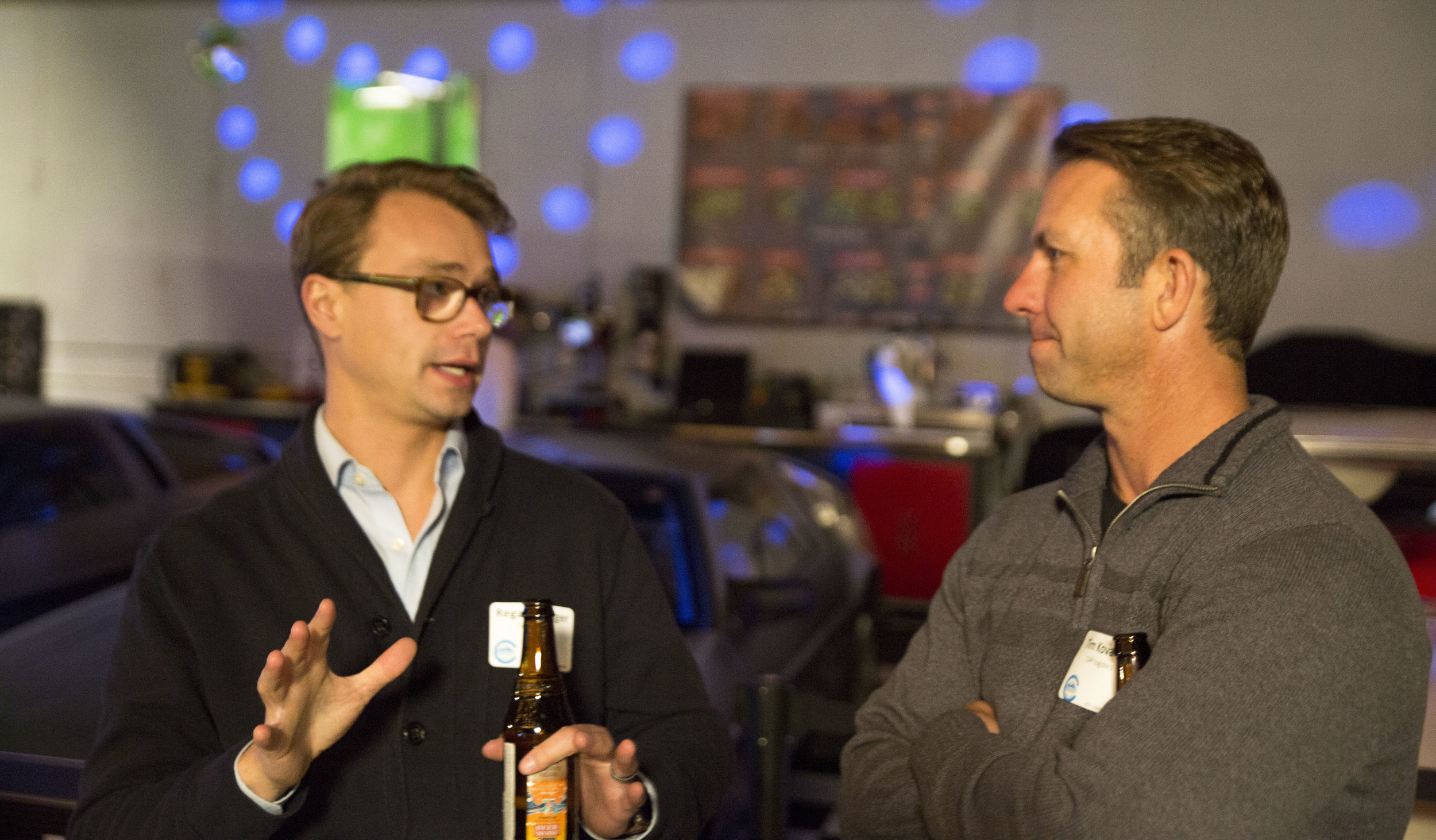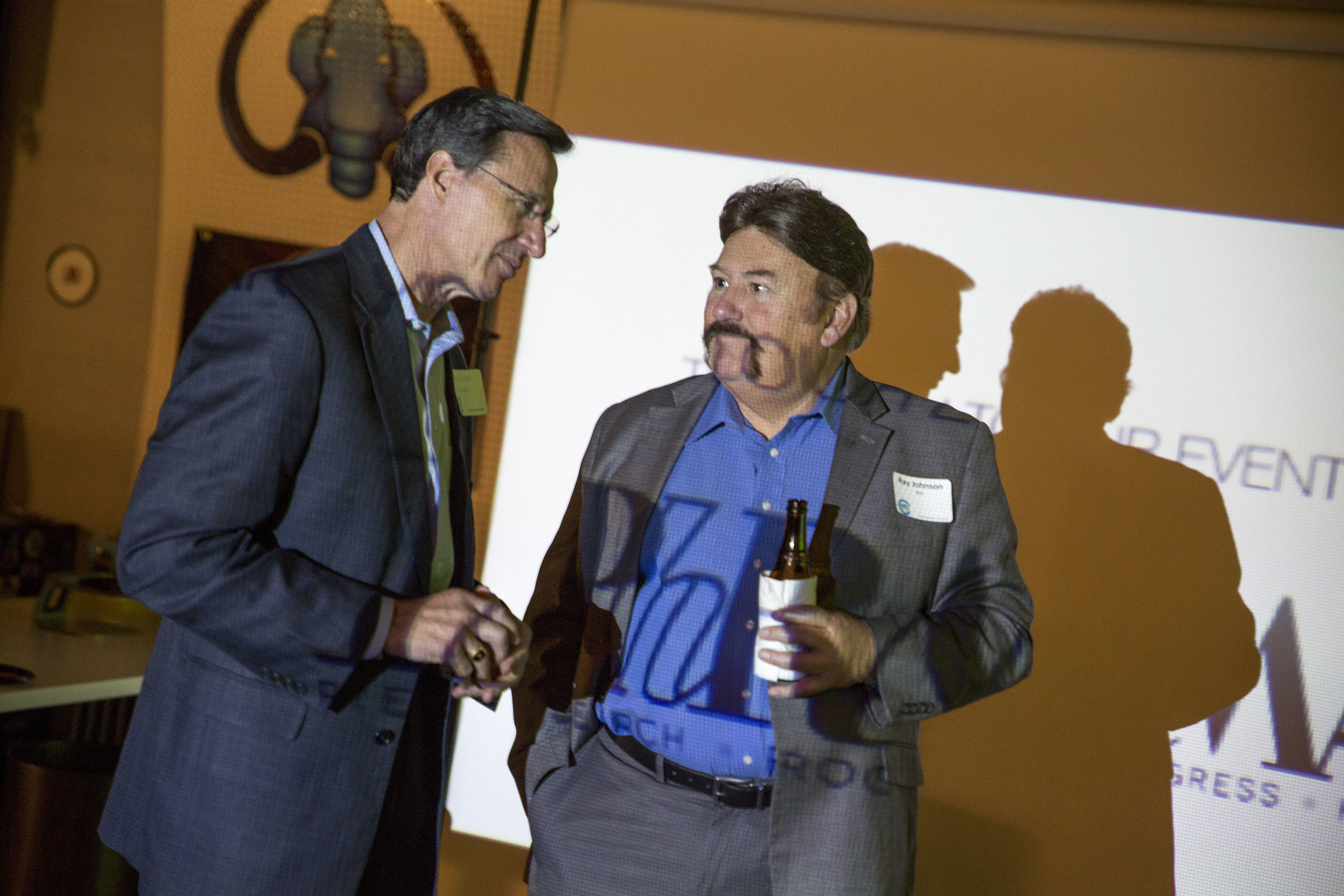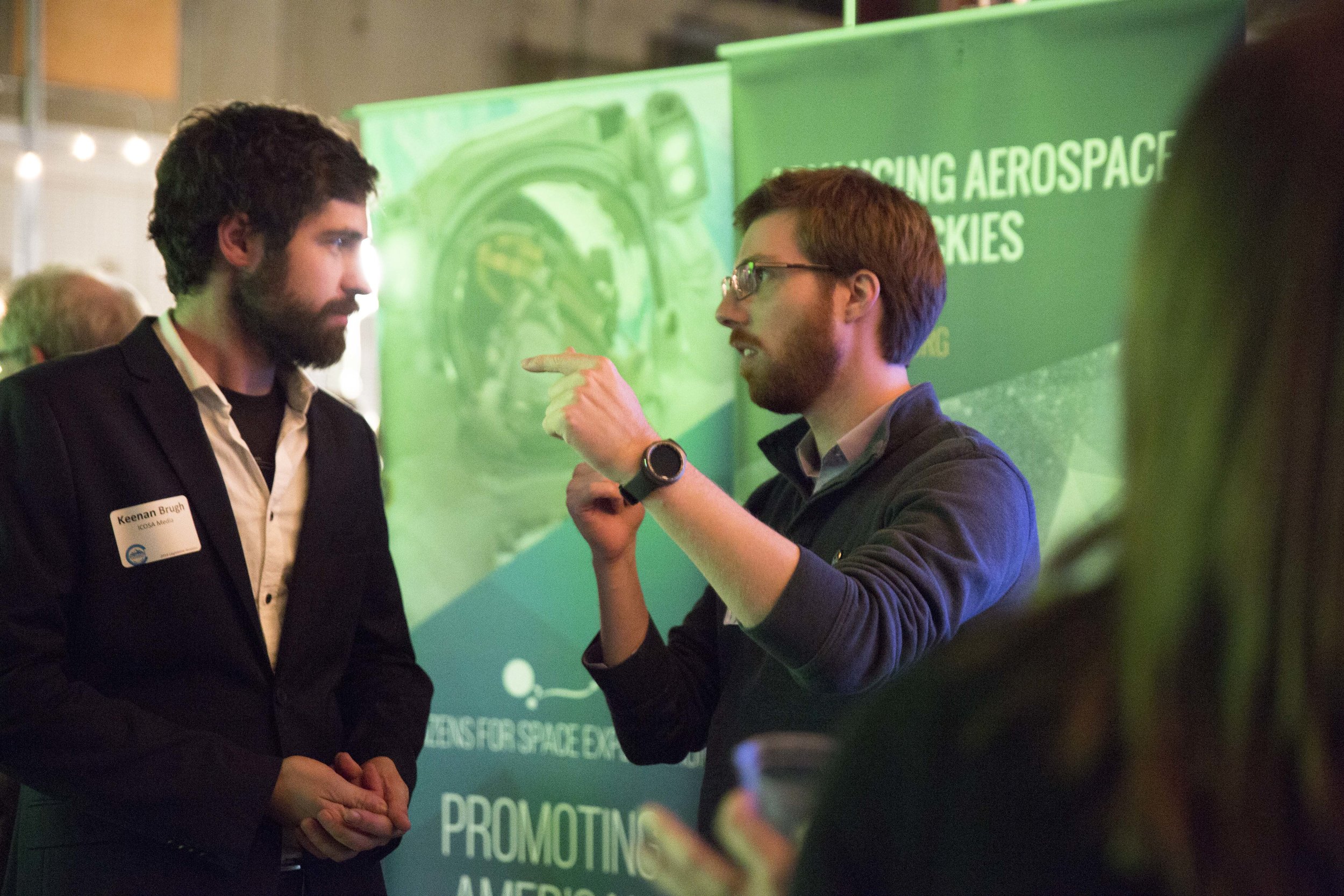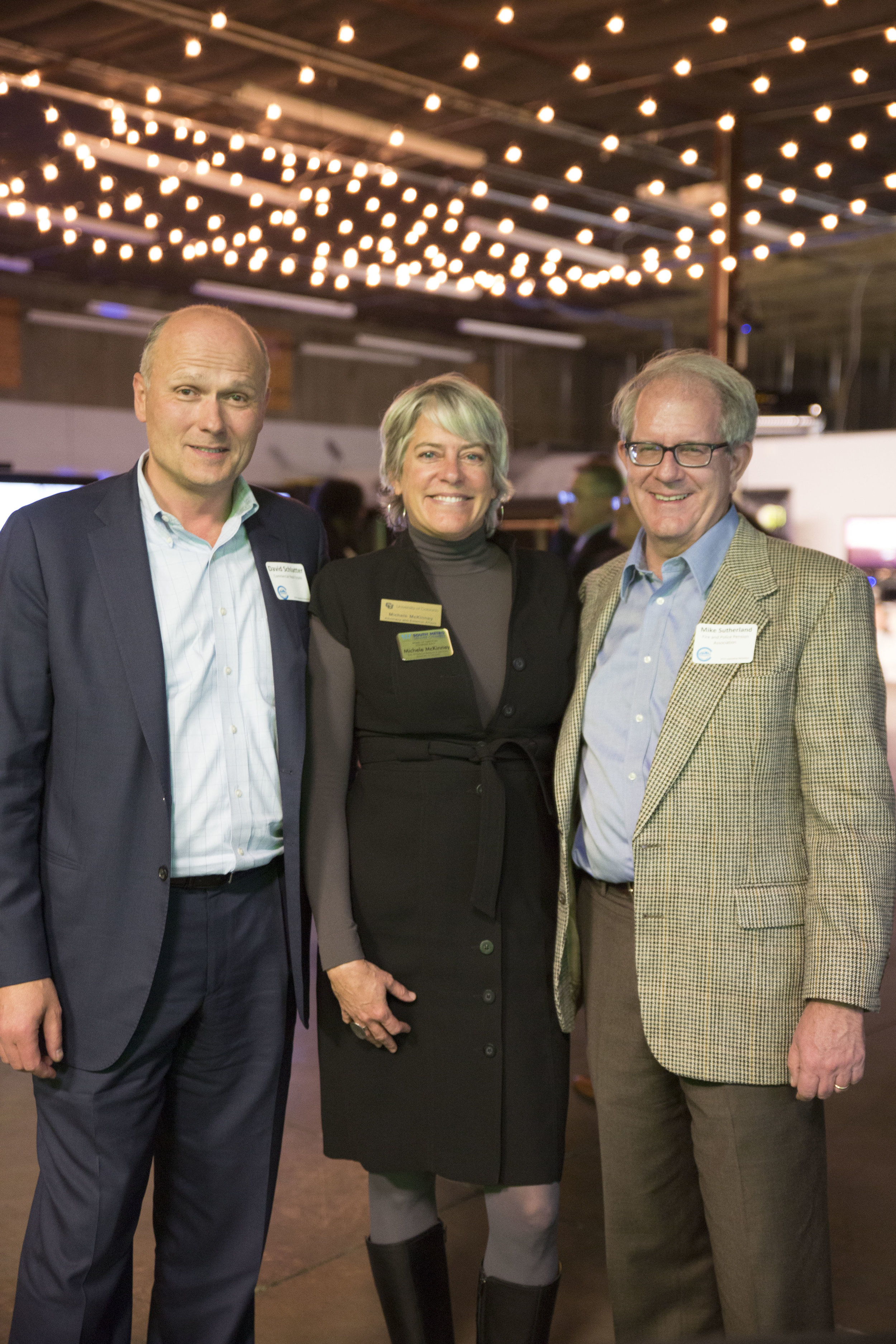Today’s actions to address wage collusion, unnecessary non-compete agreements, and other anticompetitive practices respond to the President’s Executive Order issued on April 15, directing agencies to increase competition for consumers and workers.
Today, we’re in the midst of the longest streak of job growth in U.S. history. The U.S. Census Bureau recently reported that in 2015, the typical household saw its income grow by 5.2 percent (about $2,800), the largest one-year increase on record.
At the same time, the President has made clear that there is still more work to do to reverse longer-run patterns of stagnant wage growth and rising income inequality. Over the past several decades, only the highest earners have seen steady wage gains; for most workers, wage growth has been sluggish and has failed to keep pace with gains in productivity. Over the same period, the share of national income going to labor has also fallen, and labor income itself has become divided increasingly unevenly.
To ensure that workers share more fully in the gains they help create, the White House is announcing today new steps in response to the President’s April 2016 Executive Order calling for actions that enhance competition to benefit consumers, workers, and entrepreneurs.
- Issue Brief on How Monopsony Power Impacts Wages and Employment. The Council of Economic Advisers is releasing a new issue brief that reviews evidence that firms may have wage-setting power in a broad range of areas, explains how anticompetitive forces can lead to a redistribution of revenues from workers to companies, and reviews the policy implications of this analysis.
- Non-Compete Agreements: Call-to-Action to States, Largest-Ever Data Collection, and State-by-State Policy Report. Non-compete agreements narrow the employment options for an estimated one in five workers in the United States. As the White House and Treasury reported earlier this year, there is substantial evidence of overuse and misuse of these clauses. Today, the Administration put out a call to action and set of best practices for state policymakers to enact reforms to reduce the prevalence of non-compete agreements that are hurting workers and regional economies. To contextualize these best practices, the White House is releasing a state-by-state report on key dimensions of current state non-compete policy. Finally, we are announcing commitments to undertake the largest data collection of its kind to better measure non-compete usage by firms and individuals, alike.
- Antitrust Guidance and Reporting Hotline for Human Resource Professionals. On Thursday, the Department of Justice (DOJ) and the Federal Trade Commission (FTC) released guidance for HR professionals for how to spot and report collusion among competing employers that may violate the antitrust laws. In the guidance, DOJ announced that going forward it will criminally investigate allegations that employers have agreed amongst themselves on employee compensation or not to solicit or hire one another’s employees.
These new actions complement the many other steps the Administration has advanced and supported to level the playing field for workers in the job market, including raising the minimum wage, advancing paid leave, supporting collective bargaining, and pushing to reform occupational licensing and land use restrictions.
THE CASE FOR ACTION
Increasingly, researchers are reporting signs of declining U.S. labor market competition. Economists have begun exploring how these trends connect to rising income inequality. While recent discussions on television set-top boxes and airline tickets have focused on the ability of a small number of firms to set high prices, reduced competition in the labor market results in lower wages and greater earnings inequality, and can also result in lower employment.
There are many forces that can limit competition between firms and give employers some power to set wages below the market rate. In some cases, wage-setting power can result from employer actions—like collusion or the use of non-compete agreements—that artificially restrict competition. More generally, any factor that limits workers’ choices, restricts their mobility, or creates barriers to changing jobs can weaken workers’ bargaining position—which may force them to accept lower compensation or inferior working conditions. The data show that workers today are in many ways less mobile and less likely to switch jobs than they were 20 or 30 years ago.
One factor that contributes to trends in labor mobility is the amount of market power that employers can exercise in the labor market. When a small number of employers—or even one employer—wields a large share of market power, they can exercise so-called “monopsony power.”
Monoposonies are the other side of the coin to monopolies. Both reflect a company’s ability to affect markets in ways that would be impossible in competitive markets. Monopolies occur when companies have outsized market power, so they can set the price of a good or service at a level higher than if there was fair competition. Monopsonies occur when companies with power in labor markets can set the wages they pay at lower levels and hire fewer workers than if there was strong competition. These lower wages have real consequences for families and the economy more broadly.
Greater labor market competition can help promote efficiency and employment and ensure that the benefits of economic growth are shared by all. In particular, increased labor market competition means:
- Higher wages and more hiring. When businesses must compete for workers, they recruit workers and offer higher wages as long as the value of output they produce can support the going wage. Competition thus encourages employers to seek out all productive and efficient hiring opportunities and establishes a close link between wages and productivity. When there is strong competition, firms have no incentive to set wages below the market rate, because if they do, they will lose their workers to competing firms.
- Greater economic opportunity and fairness for workers. In a competitive labor market, wages are determined by the market, and are not subject to companies’ abuse of outsized bargaining power. But when firms have wage-setting power, they have an incentive to pay the lowest wage that workers are willing to accept. As a result, market power not only shifts revenues away from labor, toward managers and inflated profits; it also means that individuals who start out facing greater obstacles and fewer opportunities often end up being paid the least. Competition can help equalize wages across workers with similar skills and ensure a level playing field for all workers.
ADDITIONAL DETAILS ON NEW STEPS BEING ANNOUNCED TODAY
Addressing Gross Overuse of Non-Compete Agreements
Earlier this year, the White House and Department of Treasury’s Office of Economic Policy released reports highlighting the negative impacts of unnecessary non-compete agreements and the actions states are taking to address them.
According to survey data, one in five U.S. workers is bound by a non-compete agreement, including 14 percent of workers making less than $40,000 per year. A considerable proportion of non-compete agreements signed by both low- and high-wage workers come at the expense of wage growth, entrepreneurship, and broader economic growth. Researchers have found that states that strictly enforce non-compete agreements have 10 percent lower average wages for middle-aged workers than states that do not.
Today, the White House is announcing several new steps to reduce the misuse of non-compete agreements.
In addition to encouraging states to take action, the Administration also calls on Congress to pass federal legislation to eliminate non-competes for workers under a certain salary threshold, as in the Mobility and Opportunity for Vulnerable Employees Act (MOVE Act), originally sponsored by Senators Al Franken and Chris Murphy, and in the Limiting the Ability to Demand Detrimental Employment Restrictions Act (LADDER Act). We call on Congress to consider this critical issue and the potential economic consequences of inaction.
· Best Practices and Call to Action for States on Non-Compete Agreements. Today, elected officials in Connecticut, Hawaii, Illinois, New York, and Utah have signed on to support a call-to-action for state non-compete reform, below:
White House Best Practices for State Non-Compete Reform
In order to reduce the misuse of non-compete agreements in states that choose to enforce them, the White House is calling on state policymakers to join in pursuing best-practice policy objectives, including one or more of the following:
1. Ban non-compete clauses for categories of workers, such as workers under a certain wage threshold; workers in certain occupations that promote public health and safety; workers who are unlikely to possess trade secrets; or those who may suffer undue adverse impacts from non-competes, such as workers laid-off or terminated without cause.
2. Improve transparency and fairness of non-compete agreements by, for example, disallowing non-competes unless they are proposed before a job offer or significant promotion has been accepted (because an applicant who has accepted an offer and declined other positions may have less bargaining power); providing consideration over and above continued employment for workers who sign non-compete agreements; or encouraging employers to better inform workers about the law in their state and the existence of non-competes in contracts and how they work.
3. Incentivize employers to write enforceable contracts, and encourage the elimination of unenforceable provisions by, for example, promoting the use of the “red pencil doctrine,” which renders contracts with unenforceable provisions void in their entirety.
· State-by-State Explainer of Non-Compete Laws. To educate workers, employers, policymakers and advocates, the White House is issuing a report about existing state laws and some of the key issues related to non-compete agreement reform.
· Employer Support to Eliminate Non-Competes for Most or All Employees. Across the country, businesses are eliminating non-compete agreements in favor of more targeted options. They are supporting a shift in non-compete policy because they recognize that fewer, more targeted non-compete agreements will likely increase their pool of available talent and improve innovation.
· New Surveys to Examine Prevalence and Impact of Non-Competes, including:
· Largest data collection effort ever undertaken on non-compete agreements. PayScale, a company that provides compensation data and software to employers and employees, has committed to collect new data to support the effort to better measure and understand the use of non-compete agreements. This commitment will include anonymously surveying thousands of firms on non-compete practices and asking millions of employees about their non-compete status.
· In-depth survey on non-compete use. This upcoming year, researchers Evan Starr, Natarajan Balasubramanian, and Martin Ganco, with the support of the Ewing Marion Kauffman Foundation, plan to field an in-depth survey about non-compete usage and its impact on firm growth, employee mobility, and entrepreneurship.
Curbing Collusion among Firms to Suppress Wages and Limit Worker Mobility
Increased market concentration of firms can also facilitate collusive agreements that allow a small number of employers, who compete over the same workforce, to artificially suppress wages below market rates or agree not to hire one another’s employees. Like price fixing in product markets, collusion among employers to reduce wages is illegal in the U.S. and subject to anti-trust laws.
These types of agreements eliminate competition in the same irredeemable way as agreements to fix the prices of goods or allocate customers, which have traditionally been criminally investigated and prosecuted as cartel conduct. As FTC Chairwoman, Edith Ramirez puts it, “Competition is essential to well-functioning markets, and job markets are no exception.”
In 2014, eight Silicon Valley employers settled a civil class action suit for $415 million for allegedly colluding to suppress the wages of programmers and engineers. Specifically, the suit pointed to evidence of "no-poaching" arrangements in which the firms agreed not to engage in competitive recruiting of each other's workforces. Other suits, filed in five metropolitan areas across the country, have alleged collusive behavior among hospitals to suppress the wages of nurses. For example, in Detroit, eight hospitals reached settlements that amounted to roughly $90 million in total for alleged collusion to lower wages below market rates.
This past week, the Department of Justice (DOJ) and Federal Trade Commission (FTC) announced new guidance aimed at combatting collusive behavior in the employment arena. Additionally, in a recent speech, Acting Assistant Attorney General Renata Hesse highlighted existing DOJ policy that “a merger that gives a company the power to depress wages or salaries to reduce the prices it pays for inputs is illegal whether or not it also gives that company the power to increase prices downstream.”
Antitrust Guidance and Hotline for Human Resources Professionals to Identify and Report Wage Collusion.
· Human Resources (HR) professionals are often in the best position to ensure that their companies’ hiring practices comply with the law. Last week, the DOJ and the FTC released guidance for HR professionals for how to spot and report collusion among competing employers that may violate the antitrust laws.
· In the guidance, DOJ announced that going forward it will criminally investigate allegations that employers have agreed among themselves on employee compensation or not to solicit or hire one another’s employees. In the press release announcing the guidance, Acting Assistant Attorney General Renata Hesse stated: “HR professionals need to understand that these violations can lead to severe consequences, including criminal prosecution. The newly released joint guidance provides HR professionals with information to prevent violations and report potentially unlawful activity, furthering the Justice Department’s commitment to protect workers from harmful conduct that stifles competition.”
Building on Progress
Today’s actions build on a series of steps the Administration has taken to reduce barriers to fair wages and labor practices, including:
· Raising the minimum wage. It has been nearly a decade since Congress last took action to raise the minimum wage, which remains at $7.25 per hour. Since the President started calling for a higher minimum wage in 2013, 18 states and DC have taken action to raise wages, which CEA estimates will benefit over 7 million people by 2017. Over 60 cities and counties have also taken action on their own. These increases help push back against downward pressure on wages.
· Expanding paid sick leave. Policies that support minimum benefits are an important complement to minimum wage laws, especially when employers have enhanced power in the labor market. That is why President Obama expanded paid sick leave to federal employees with new children and to federal contract workers to care for themselves, a family member, or another loved one. He continues to call on Congress to pass legislation that guarantees most Americans the chance to earn up to seven days of paid sick leave each year—and urges states, cities and businesses to act where Congress has not.
· Supporting worker voice. When workers have a say in their wages and working conditions, they can help ensure that they see a fair share of the economic returns to their labor. In October 2015, the Administration underscored the importance of worker voice by bringing together workers, employers, unions, worker advocates, and others to the White House Summit on Worker Voice.
· Reforming occupational licensing requirements and improve portability across states. In 2015, the White House, Treasury Office of Economic Policy, and Department of Labor issued a report on evidence that occupational licensing requirements raise the price of goods and services, restrict employment opportunities, and make it more difficult for workers to take their skills across state lines. Following this report, the Administration has worked with Congress, state legislators, and experts to draft and present a series of best practices to help state and local governments better tailor their occupational licensing laws. To date, legislators in at least 11 states have proposed no fewer than 15 reforms in line with these recommendations, and four state bills have passed so far.
· Reforming land use regulations. Over-burdensome land use regulations have made it hard for housing markets to respond to growing demand, jeopardizing housing affordability for working families and limiting GDP growth by stifling labor mobility to the most productive regions. Earlier this year, the White House released a Housing Development Toolkit that highlights the steps communities have taken to modernize their housing strategies and expand options and opportunities for hardworking families.
###
The White House · 1600 Pennsylvania Avenue, NW · Washington DC 20500 · 202-456-1111






